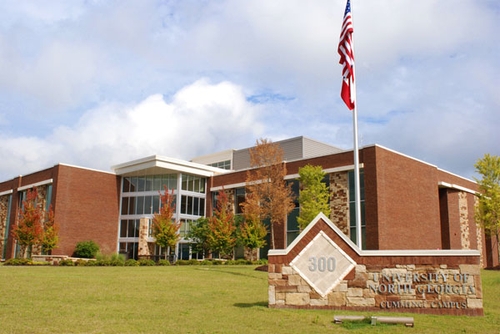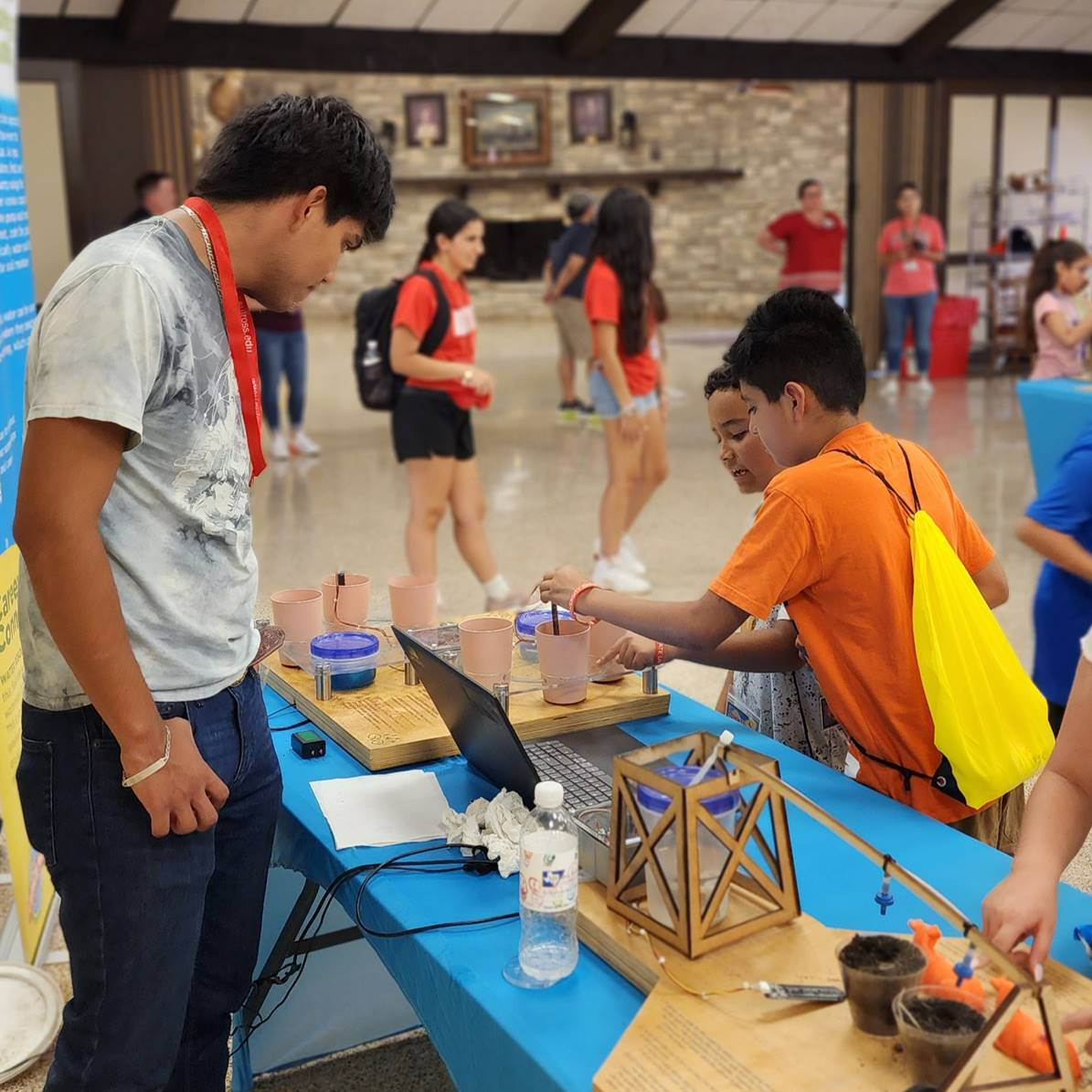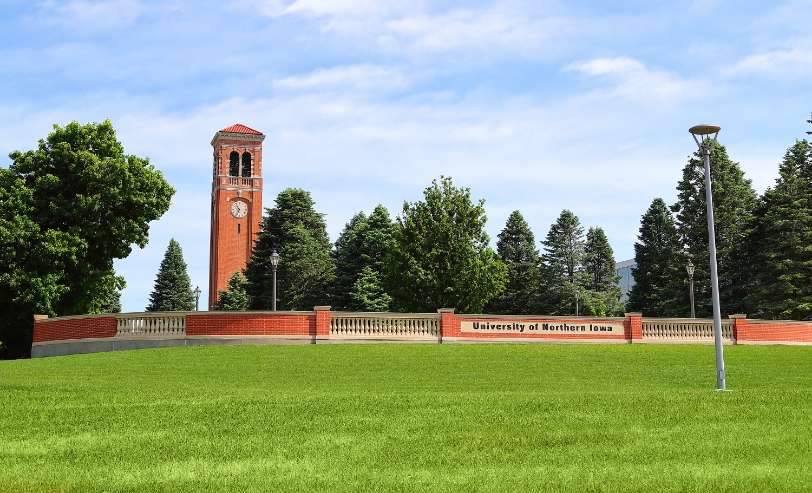Rural-Serving Institutions (RSIs)
AASCU’s RSI members promote access to higher education in rural areas, support regional economic development, and address local workforce needs.

RSIs are vital in ensuring that students from rural areas have access to quality higher education and can contribute to the economic and social development of their communities.
RSIs play a crucial role in providing higher education opportunities to populations that may have limited access to larger urban institutions. RSIs often cater to a higher percentage of first-generation college students, students from low-income backgrounds, and those who may require additional support to succeed in their academic pursuits.
Key characteristics:
- Geographical Location: They are located in rural or remote areas, often far from large urban centers.
- Student Demographics: RSIs typically enroll a substantial number of students from rural communities, including first-generation students, low-income students, and students of color.
- Community Focus: These institutions often have a strong connection to their local communities, offering programs that align with the needs of the region, such as agriculture, forestry, health care, and education.
- Smaller Size: RSIs tend to be smaller in size compared to urban institutions, with more intimate class settings and personalized attention for students.
- Mission-Driven: They often have a mission to promote access to higher education in rural areas, support regional economic development, and address local workforce needs.
Meet AASCU’s RSI members.
45%
of AASCU members are RSIs
24%
of member RSIs are also Minority-Serving Institutions (MSIs)
AASCU’s Rural-serving institutions by the numbers
AASCU’s RSIs enroll more than 1 million undergraduate students.
32%
of all undergraduate students at member RSIs are people of color
58%
of undergraduate students at member RSIs are women
36%
of undergraduate students at member RSIs, on average, receive Pell Grants
Top fields of study:
23%
Business and communications
22%
Social and behavioral sciences and human services
21%
STEM fields
RSI Leadership
15%
of presidents at member RSIs identify as people of color
32%
of presidents at member RSIs identify as women
Career pathways among AASCU’s RSI presidents:
- Faculty/academic: 62%
- Career administrative leader: 30%
- Public sector/government: 6%
- Nonprofit executive: 2%
AASCU’s Rural Presidents and Chancellors Affinity Group
This group convenes at our annual conference or virtually for tailored networking and guidance.
Learn more.Data Sources
- AASCU analysis of IPEDS data, College Scorecard data, and The American College President Study 2023 Edition from the American Council on Education.
- The data presented on this page reflect AASCU’s institutional members. The institutional map includes AASCU’s institutional and associate member institutions.
- The term “people of color” represents individuals who identified as American Indian or Alaska Native, Asian, Black or African American, Hispanic or Latino, Native Hawaiian or other Pacific Islander, and multiracial.
- AASCU employs the framework and methodology developed by the Alliance for Research on Regional Colleges to designate our member institutions as rural-serving institutions (RSI). As such, AASCU designates any member institution that has an RSI score above the average score as an RSI.
- President profile data reflect the identities of presidents who completed the American College President Study survey.
RSI Member Spotlight
Questions about RSIs? Let us know.
"*" indicates required fields


